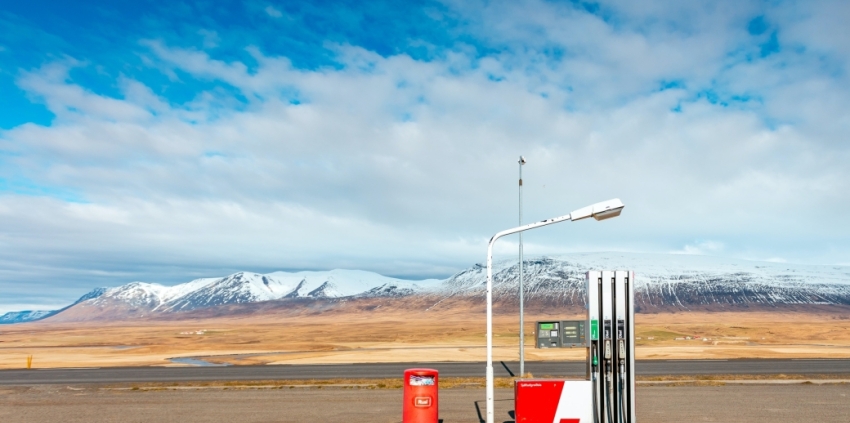Carbon Neutrality – What is it?
What does it really mean?
Carbon neutrality is the idea of reaching net zero greenhouse gas emissions by creating a balance between the amount of gas emitted into and absorbed from the earth’s atmosphere. Creating this balance is part of a larger push toward less fossil fuel consumption in the future. Carbon neutrality centers on the desire to lower emissions released through fuel consumption. The main emission targeted today is carbon.
What is carbon?
All fossil fuels – oil, coal, natural gas and more – contain carbon. Burning or otherwise consuming these fuels releases carbon into our atmosphere. This release of carbon is said to degrade the earth and its environment.
Whether you agree or disagree with the view that carbon emissions are dangerous, the premise that they are harmful drives a major portion of the current climate change agenda.
What are Carbon Intensity (CI) values?
California has been a leader in the move to reduce carbon emissions. The state uses a Carbon Intensity (CI) factor to evaluate the amount of carbon emissions a fuel produces.
They assign each fossil fuel and energy source some type of CI value. The end goal for this value is like scoring in golf – those in charge want the lowest CI score to win.
An example of how this scoring could work is comparing traditionally created propane, with a CI score in the 78-80 range, to gasoline, which has a score of 90-100. Propane has a lower score than gasoline, which is good. However, those in charge want very, very low scores – scores that are 50-70, or lower.
How do you achieve that and what does it mean for your business?
We will continue our series on carbon neutrality and its impact on your business on July 22. Please contact your Twin Feathers team for more information on smart solutions for navigating the shift to carbon neutrality.

 Photo by Khamkéo Vilaysing on Unsplash
Photo by Khamkéo Vilaysing on Unsplash

 Photo by Nick Fewings on Unsplash
Photo by Nick Fewings on Unsplash